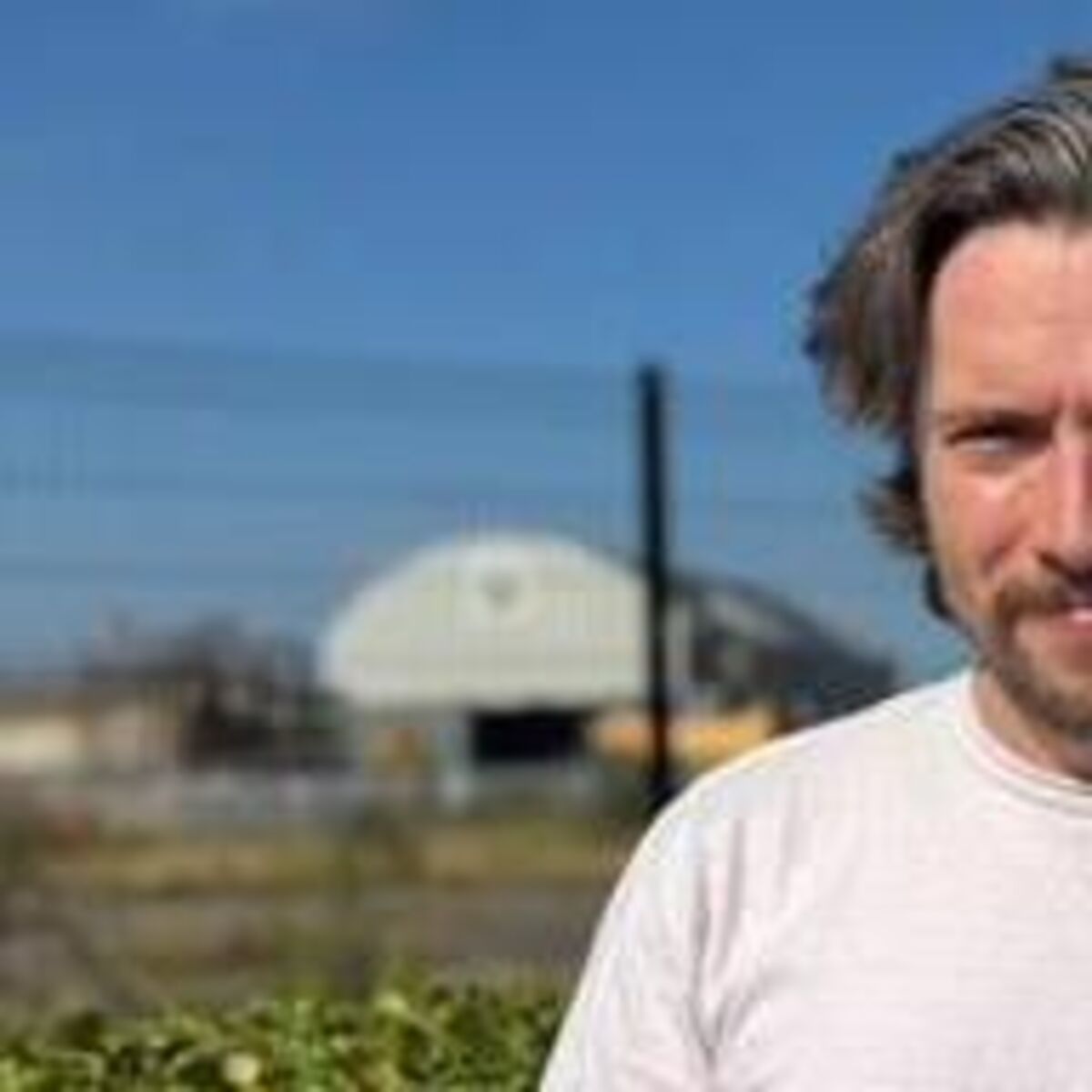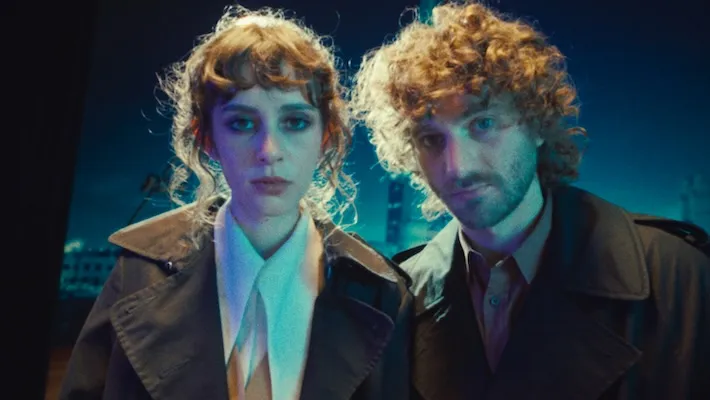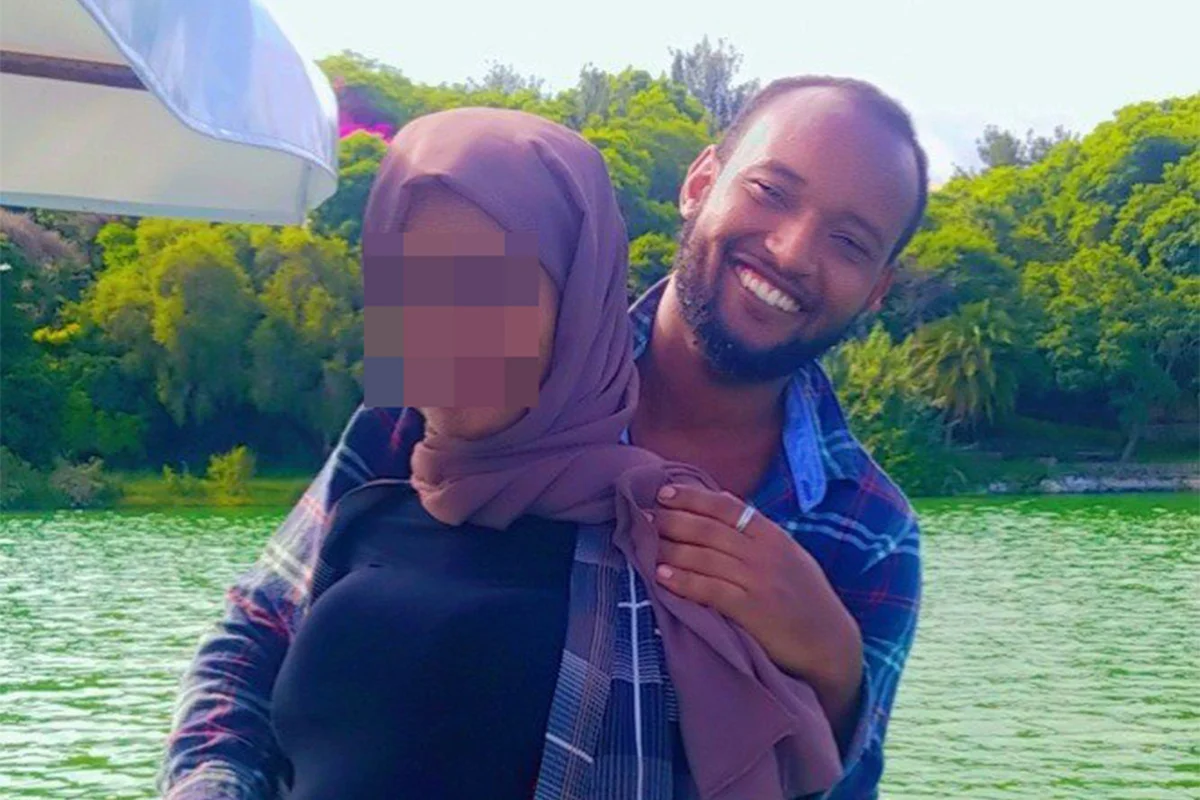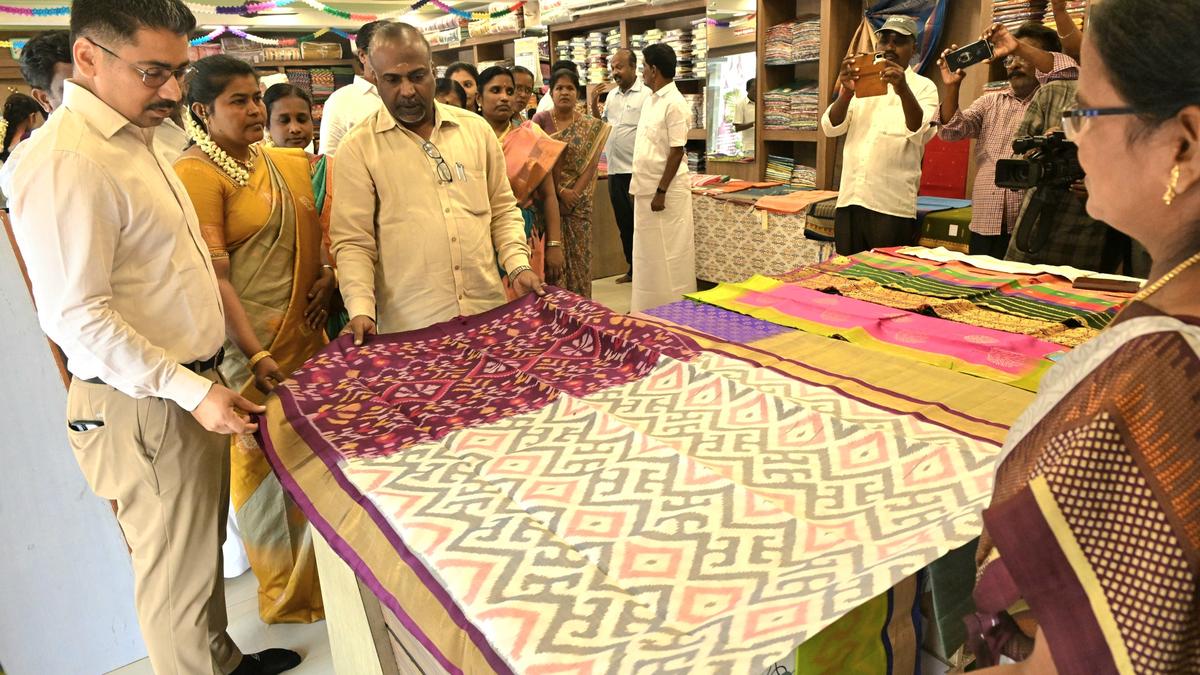Copyright dailymail
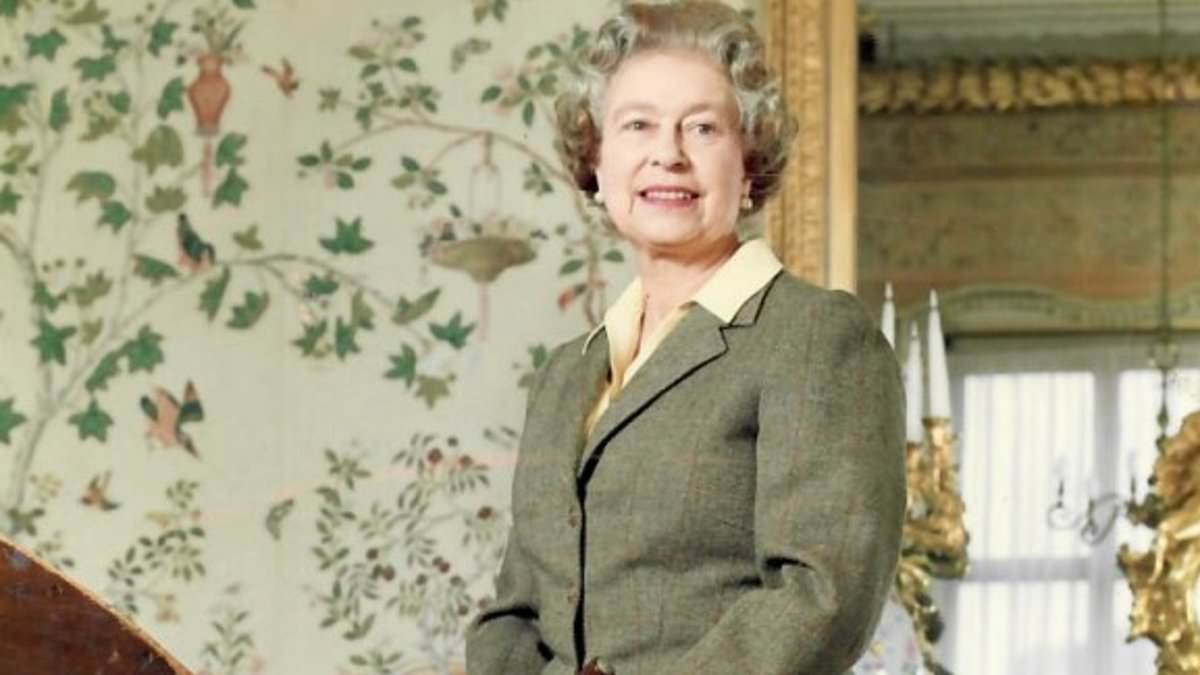
She was arguably one of the most photographed women in the world. But few will ever have seen Queen Elizabeth captured quite like this. Published here for the first time, a series of ‘behind the scenes’ pictures show the late monarch posing on a wooden ‘sawhorse’ for American artist Arnold Friberg at Buckingham Palace in full riding gear. As the 8ft by 5ft masterpiece comes to the UK for the first time, the Daily Mail can reveal the story behind the portrait – and of the sovereign’s bond with the artist. Friberg died aged 96 in Salt Lake City in 2010. As well as being known for his studies of horses, he was nominated for an Oscar for his paintings in Hollywood director Cecil B DeMille’s 1956 epic, The Ten Commandments. In 1937, at the age of just 24, Friberg was commissioned to paint a series depicting the Royal Canadian Mounted Police – the Mounties. And in 1978, he was chosen to paint a portrait of the then Prince of Wales, commissioned by a Mounties support group. He travelled to England to paint Charles, then 29, with his mother’s horse, setting up a studio in Buckingham Palace for six weeks. The project was such a success that when the group asked to commission a portrait of the Queen 18 years on, she jumped at the chance to work with Friberg. In a letter dated May 1990, her private secretary Robert Fellowes wrote offering the rare opportunity of several two-hour sittings. Friberg and his wife, Heidi, were given permission to move back into Buckingham Palace again for six weeks, setting up a home-from-home studio in its Yellow Salon. He decided to set the piece in the palace gardens. Friberg said it was a ‘pinch me’ moment, adding: ‘Who am I, to be at Buckingham Palace, and I’m painting a royal portrait? I’m just that kid down the block that likes to draw.’ Yet the Queen, then aged 64, enjoyed his company so much – and was so fascinated by his depictions of her favourite horse Centenial – that she would wander in to check on his progress. Centenial was presented to the Queen in 1972 to mark the 100th year of the Mounties, who regularly supply the Royal Family with horses for ceremonial occasions. The Queen apparently deliberately chose to spell his name with just one ‘n’ so that he would stand out ‘and not be common’. Friberg said: ‘He’s a splendid, silky animal... beautiful. She’s small, but she had no trouble getting up on that horse. She loves that horse.’ Over time, artist and sitter relaxed in each other’s company. Recalling their last sitting on July 4, 1990 – American Independence Day – Friberg said the Queen had just returned from an official visit to Canada. ‘She said, “If I fall asleep today, it’ll be jet lag”. And I said, “You made me work on our national holiday... I know what you’re doing, you’re getting even for Bunker Hill [where hundreds of British troops died in the first battle of the American Revolution]”. We had a lot of fun.’ He added: ‘My wife Heidi was with me. She did my photography and she and the Queen hit it right off. So the Queen is up on the horse and they’re jabbering away. ‘My wife is a nurse, and they were talking about the Prince’s [Charles] shoulder injury. He had gotten hurt in a polo accident and Heidi said that they [the people who treated him] did the wrong thing... she said they’re going to have to do it over [again]. ‘The Queen says, “That’s what I thought but nobody would listen to me”.’ They were right – Charles had broken his arm in two places. It did not heal and had to be reset. He added: ‘Knowing it was the last sitting, I was very tense, and my camera wasn’t working. ‘The film wouldn’t wind. She got down off the horse and she said: “Look, here’s what you’ve done. You see, your film... you didn’t engage the sprocket”. ‘And then she fixed it, and she said, ‘Now it’ll work”.’ Friberg, who was invited to be a fellow of the Royal Society of Arts, later said: ‘I feel good about leaving such a picture to the world. ‘There’s a certain radiance she [the Queen] has. She’s a beautiful lady. She walks into the room and it lights up.’ The portrait was unveiled at the Governor’s House in Victoria, British Columbia, in August 1994 but remained hanging in Friberg’s studio until his death. Freedom Art Company acquired the collection from his family in 2022. They will show the portrait for the first time in the UK privately at Parliament next week, with a public exhibition early next year.
